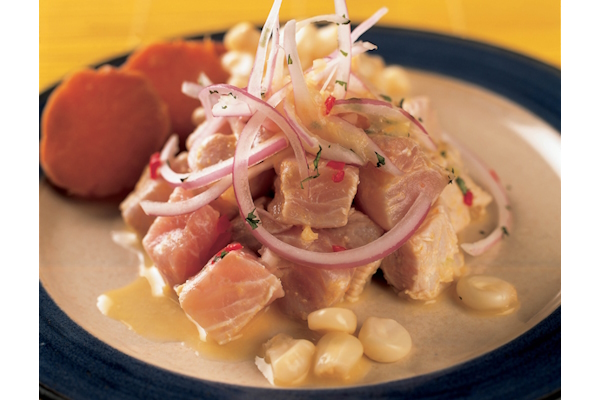This emblematic dish is prepared throughout the country, in different regions with local products

Peruvian gastronomy continues to strengthen its position in the world. UNESCO has declared the “Practices and Meanings Associated with the Preparation and Consumption of Ceviche” as Intangible Cultural Heritage of Humanity. The declaration was made during the 18th session of the Intergovernmental Committee for the Safeguarding of Cultural Heritage, held on December 6 in Botswana, Africa.
The Commission for the Promotion of Peru for Export and Tourism (PROMPERÚ) promotes Peruvian gastronomy, which involves all actors in the productive chain, valuing its multicultural identity and enormous biodiversity. This allows Peru to be promoted as a gastronomic destination. In recent years, our cuisine has become an attribute that adds to the travel decision, so tourists come to Peru to taste the delicious and varied Peruvian cuisine.
Ceviche is closely related to the Peruvian coast; however, in the highlands and the jungle regions, it is also prepared with local ingredients. In the northern coast, the characteristic black clam ceviche stands out, mainly consumed in Tumbes and Piura. In its preparation, local products such as Chulucanas lemon and clams extracted from mangroves are used. These mollusks are collected by the clam extractors in the area, who teach their artisanal collection techniques to visitors.
In the highlands, the most popular ceviche is made with trout and accompanied by mote (dried corn cooked in water) instead of the traditional corn. Also, in some villages, they replace the lemon juice with sanky juice, an Andean fruit that grows at an altitude of 3000 meters above sea level.
In the jungle, the most used fish for this dish is paiche, whose meat is considered a gourmet product. For marinating, camu camu juice is used, a fruit considered a superfood for its high content of vitamin C. Local products such as charapita chili, sachatomate, and sachaculantro are also incorporated, highlighting the flavor of the Peruvian Amazon.
Ceviche is an example of the importance of Peruvian cuisine as a factor of social cohesion. Therefore, in 2008, the National Ceviche Day was officially established, celebrated every June 28. Likewise, Peru has been awarded eleven times as the Best Culinary Destination in the World by the World Travel Awards, a fact that reaffirms its position as a global leader in gastronomy.